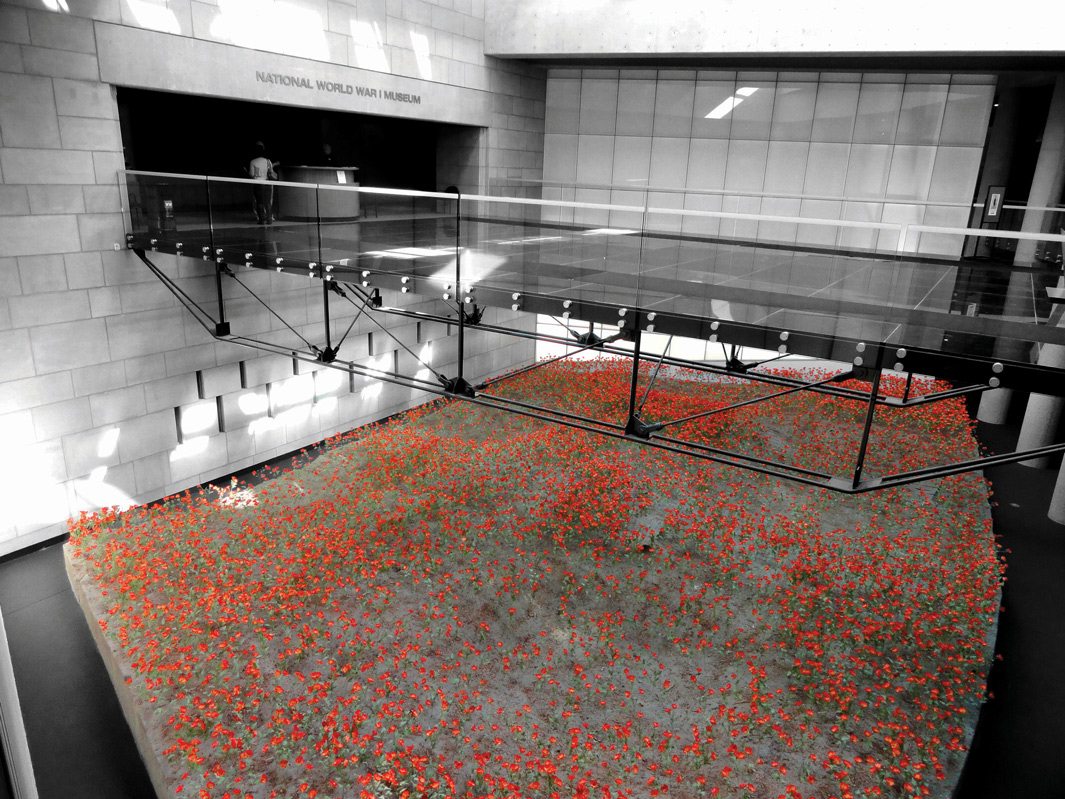What’s the big deal?
By now, you’ve probably heard something about this year’s total eclipse of the sun that cuts a path across the United States including—fortunately for us—right across the upper-central portion of Missouri.
This moon shadow is coming right down Main Street.
On August 21, just before the noon hour (depending on where you are), the moon will begin passing between the earth and the sun. Approximately one hour later, periods of totality—or complete darkness—will occur across the state. The exact time depends on where you’re located. In St. Joseph, the eclipse begins at 11:40:42 AM, resulting in two minutes and thirty-eight seconds of total darkness beginning at 1:06:27 PM. In Cape Girardeau, on the east side of the state, the eclipse will begin at 11:52:01 AM and reach totality at 1:20:21 PM for one minute and forty-five seconds
What will I see if I live outside the path of the full eclipse?
While it’s true that the entire country will experience some degree of the solar eclipse, anyone outside of the seventy-mile strip of totality will only experience a partial eclipse. In some places in Missouri, the amount of eclipse you’ll be able to see could be higher than 90 percent. Chances are, you’ve experienced many partial eclipses in your lifetime. They’re not that rare.
In reality, neither are total eclipses, with the planet experiencing one or two every years. But most of those celestial events take place over water or in remote locations. Of the nearly 8,600 miles of totality covered by this year’s eclipse, only about 2,500 miles are over land and that path is only seventy miles wide. And it’s cutting right across the United States.
Why is this one different?
According to the Missouri Department of Natural Resources, the last total eclipse to touch the Show-Me State occurred on August 7, 1869, and it only clipped the northeast corner. The last total eclipse to cover this much of the United States happened before there was a United States.
People who have been lucky enough to experience a total solar eclipse say it is an incredibly moving experience. If you’re dead center in the path of totality, you’ll see the sky go dark for a little more than two-and-a-half minutes. Stars will be visible. Experienced observers report that the atmosphere seems to change, the air becomes clearer, the temperature drops. You’ll likely see fie y sparks around the outline of the moon. This is the sun’s corona, visible only during a total eclipse. (Make sure you don’t view the eclipse without approved eclipse glasses. You can take them off during totality.) To make it even better, totality will begin around 1 PM, when the sun is near its highest point in the summer sky. In other words, you can’t miss it.
A Rare Front-Row Seat
More people in the Show-Me State are expected to experience the totality of the eclipse than any other state along the event’s path. That’s because in Missouri the path of totality will touch more population centers and larger cities than anywhere else. Umbraphiles—think of them as eclipse groupies—from all over the world will be descending upon the state, and many hotels near the eclipse’s path are already booked.
In the next few months, Missouri Life will help you prepare for what some are calling the greatest space science event since the 1969 moon landing. We’ll tell you what you need to have to view the eclipse, where you can go if you’re not in the path, and what towns are planning celebrations to mark the event. And be sure to look for updates and stories at MissouriLife.com, where we’ll have a clock counting down the seconds until the total eclipse comes to town.
Checkout a real-time countdown clock to the eclipse right here.
Related Posts
Our History Over There
It is a quote that was credited to Woodrow Wilson, who was president of the United States for the entire duration of World War I, but the phrase actually came from the title of a 1914 book of essays from H. G. Wells.

